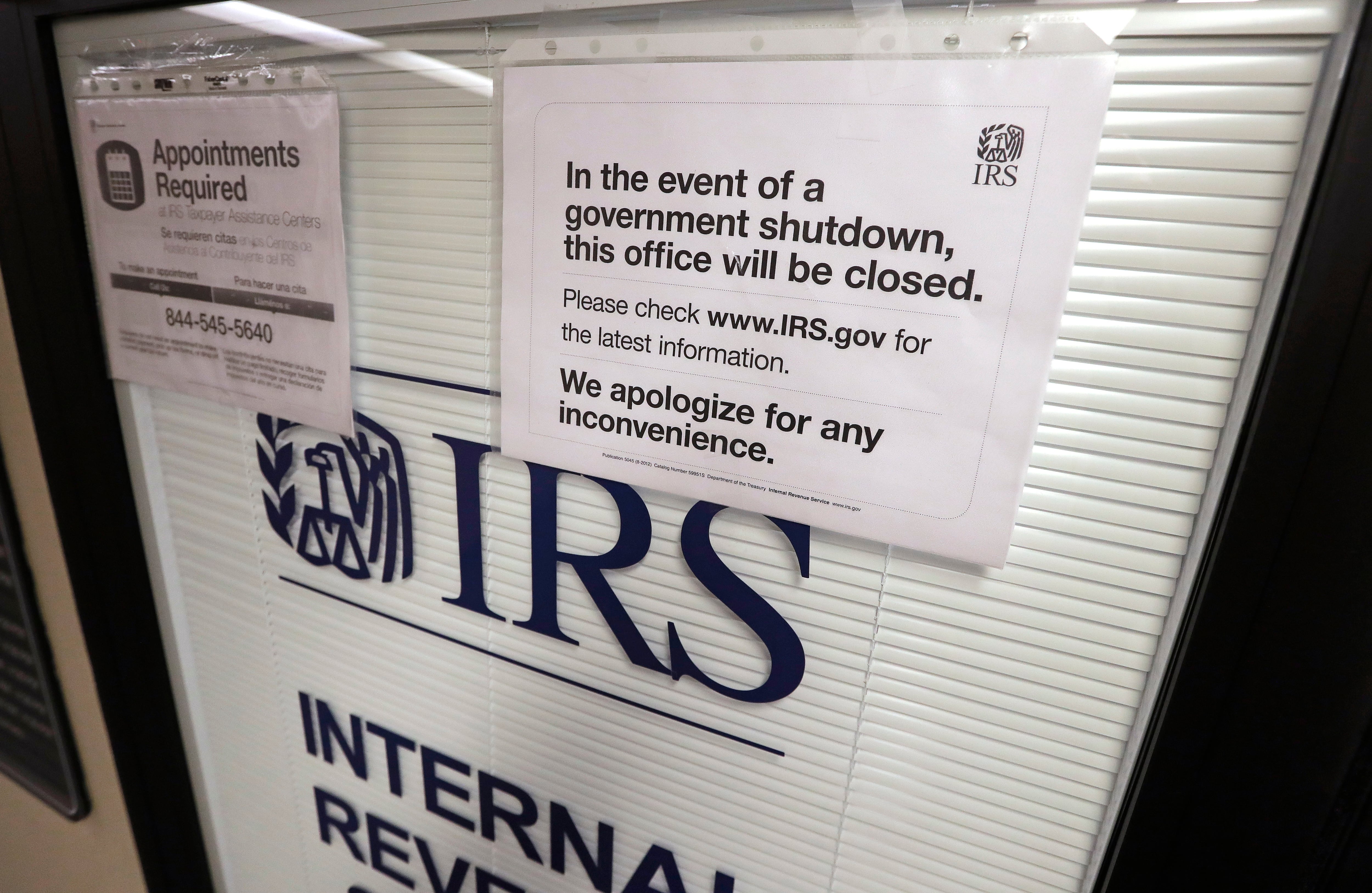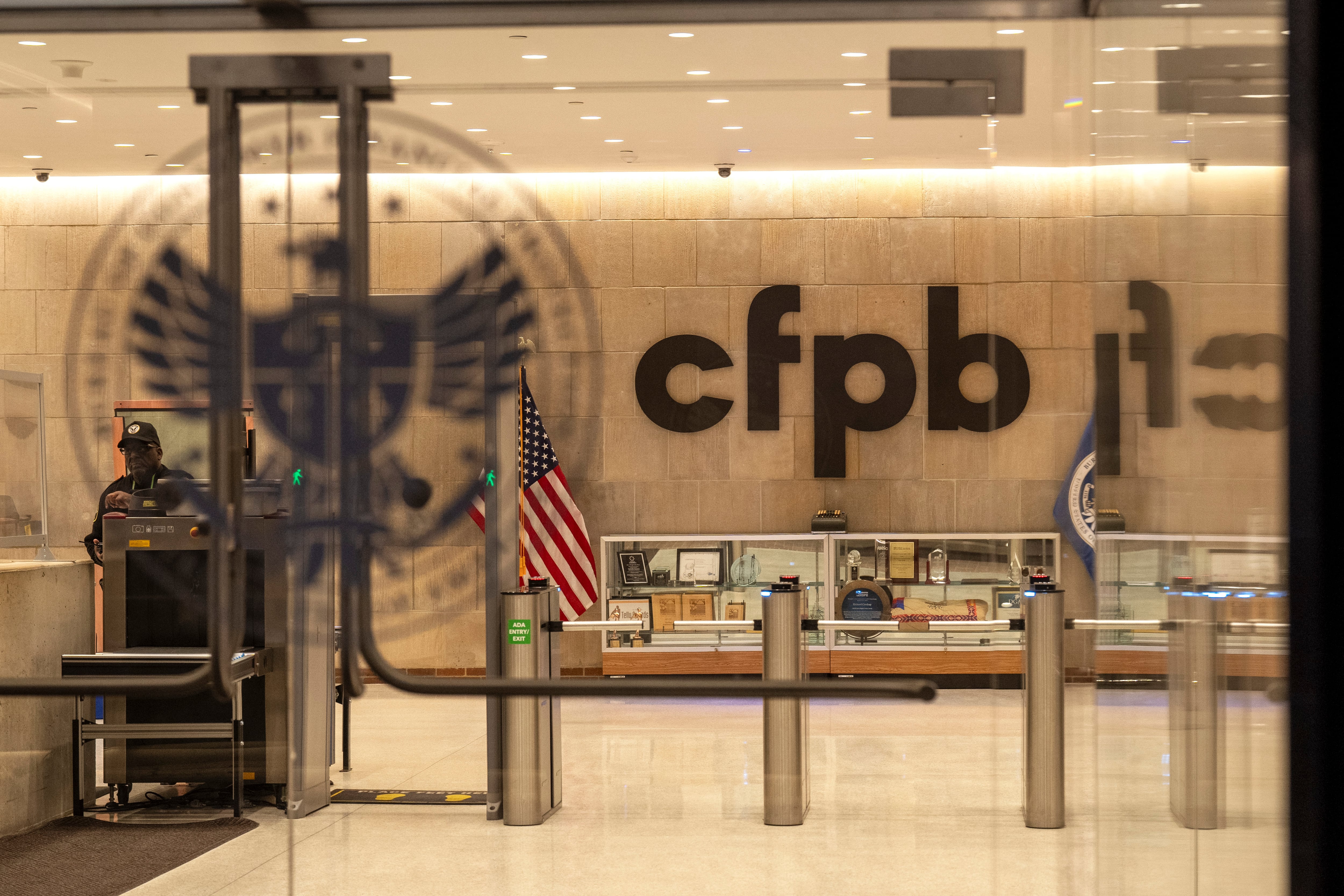The 2017 chief petty officer season is officially underwayhas officially begun.
The Jan. 21 administering of the active-duty test and the planned February selected Reserve exam have kicked it off the process that ultimately leads eventually to the list of new chiefs six months later. to the release of the active duty advancement list expected by the end of July or early August.
Next up: The release of the board eligible list, which is released once all the thousands of exams are graded.
What you need to know to be ready:
1. Big board. That's until the active-duty board convenes; the reserve board is just 115 days away. As of today, it's exactly 150-days until the active-duty board meets and the reserve board just 115 days away -- are you ready? What many don’t know is annually The E-7 selection board is the Navy's largest each year and it normally takes board members two to three weeks to sort through the thousands of eligibles to decide who earns their anchorsgets advanced.
Last year’s board convened with 17,639 first-class petty officer’s' records to review, of which 4,170 got the nod for a to divvy up — a 23.64 percent shot at putting on anchors.
2. Who gets reviewed. As a result, Not all time-in-rate eligible first classes even make the board each year — only the top 60 percent as ranked by their test scores and evaluation marks get a look by the board. The only exception to that rule are those eligible first classes with boots on the ground in a combat zone, who get a waiver and head straight to the board each year.
3. Holding steady. Opportunity has Though opportunity has declined each year since fiscal 2014 board met in 2013 and 26.66 percent moved up, it has hovered at or above historic norms over the past decade and is likely to do so again, officials told Navy Times.
Those same officials say that This year’s rate won’t be setavailable until the active and reserve boards convene this spring and summer and the board convenes and the quotas are released. but they don’t expect it to fluctuate heavily because the Navy’s end strength is expected to be steady for the next few years.
4. Eligibility. Basic eligibility starts with time in rate. , meaning To be a candidate this year, a sailor TIR date must have been advanced — not frocked — to E-6 by on or Jan. 1, 2014. SkippersCO’s can waive that up to a year if the sailor has an early promote recommendation. Commands must provide the evaluation used to grant that waiver to the board.
Eligibility can change for other reasons. For instance, a sailor who takes the test but is then found guilty at nonjudicial punishment loses their eligibility. Commands must work with Navy Personnel Command and notify sailors of any changes. Who is eligible for the board can be somewhat fluid and it’s up to the commands to communicate with Navy Personnel Command if the status of any sailors changes between the test and the convening of the board. For example, if a sailor who sits for the exam and makes the board is convicted of non-judicial punishment and their advancement recommendation is pulled as a result, that command needs to immediately notify NPC.
Though other factors can come into play,
4. Personnel Navy officials released their annual round up of the board-related details in NavAdmin 014/16 on Jan. 20, here's a roundup of what you need to know.
5. Important dates. The first is when the service releases the board eligible list, which * - TBA The message doesn’t say when to expect the board eligible list, which is created once over 90 percent of the tests are are received and graded by the Navy Advancement Center. But annually, This typically happens usually in late March or April.
- April 25: Letters to the reserve boards must be received by Navy Personnel Command's customer service center.
- May 16: Reserve board convenes. and is planned to meet until June 3.
- May 31: All active-duty letters and correspondence due at NPC. Navy Personnel Command Customer Service Center, see the reserve date for more information.
- June 20: Active-duty board convenes and is scheduled to meet until July 15 at the latest.
A few weeks after the board adjourns, officials are expected to release the list of selectees; expect *TBA - List Releases usually take two to three weeks to be processed once the board adjourns sailors can expect the reserve results in late June and to be published around the beginning of July and active-duty results a few weeks later. August. Active results will come around the beginning of April.
6. Getting credit. There are a few steps you can take to ensure 3. What you can do: It’s hard to up your chances overall with the board this close to the selection process starting, but there are things you should do to make sure you get credit for what you've done. to what you’ve done to date.
Sailors need to Log onto your electronic service records and Official Military Personnel File and ensure your their evaluations are present and the Performance Summary Record is up-to-date. Anything missing must be submitted to the board directly in an official letter that’s due to the board by the deadline date for correspondence.
The board gets large amounts of correspondence each year and officials emphasize that sailors need to carefully review their records and only submit duplicate documents for ones that are inaccurate or unreadable. and not submit any duplicate documents unless it’s unreadable or inaccurate.
Board letters must be sent directly from the sailor; commands aren't allowed to Letters to the board come directly from the sailor themselves and the command are actually not authorized to submit letters on sailors’s behalf. Any submitted documents must be accompanied by a cover letter. For more details, check NAVADMIN 014/16. which includes. more details on package submission is available in NavAdmin 014/16, including snail mail and online submission details.
Mark D. Faram is a former reporter for Navy Times. He was a senior writer covering personnel, cultural and historical issues. A nine-year active duty Navy veteran, Faram served from 1978 to 1987 as a Navy Diver and photographer.




